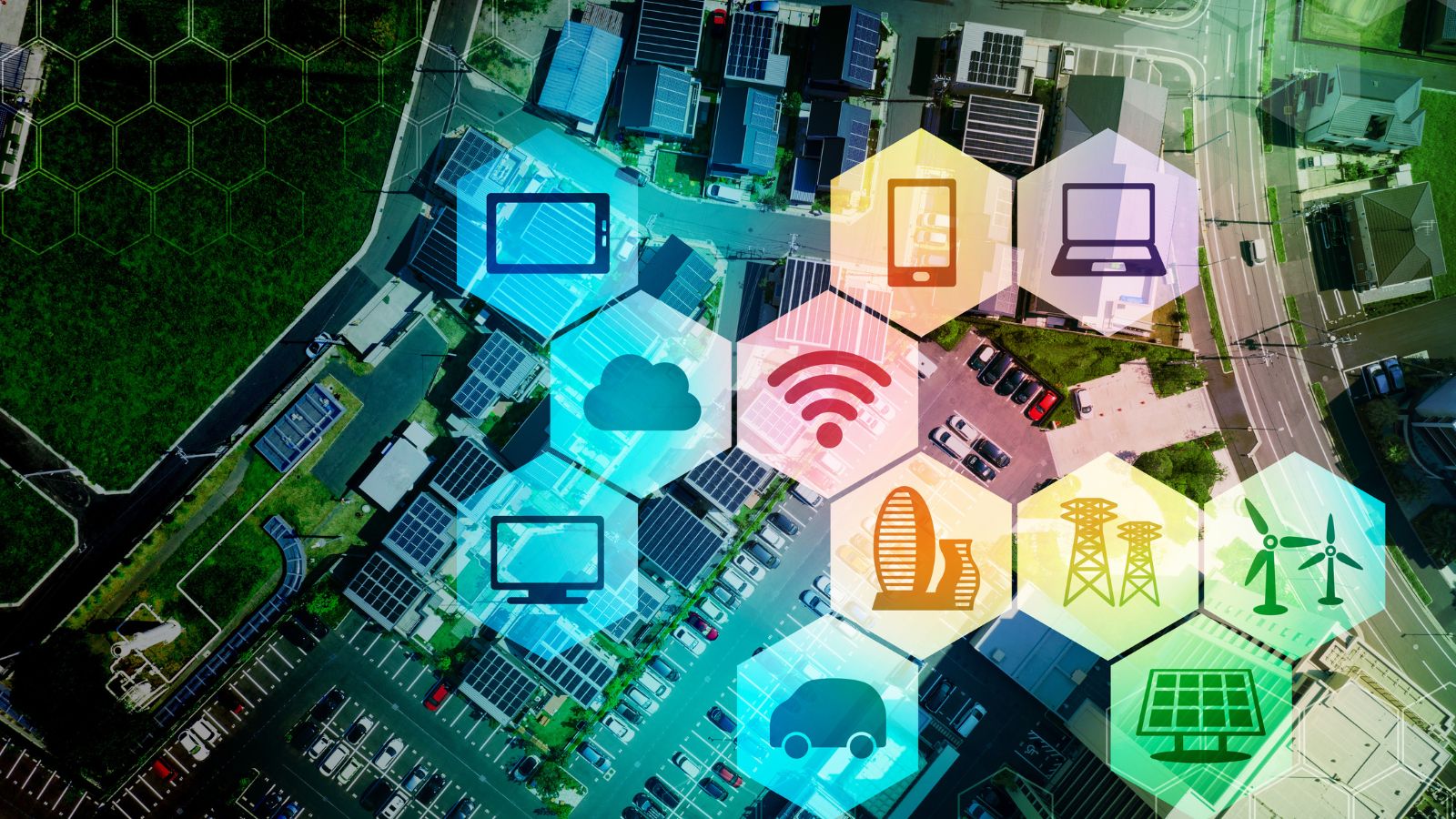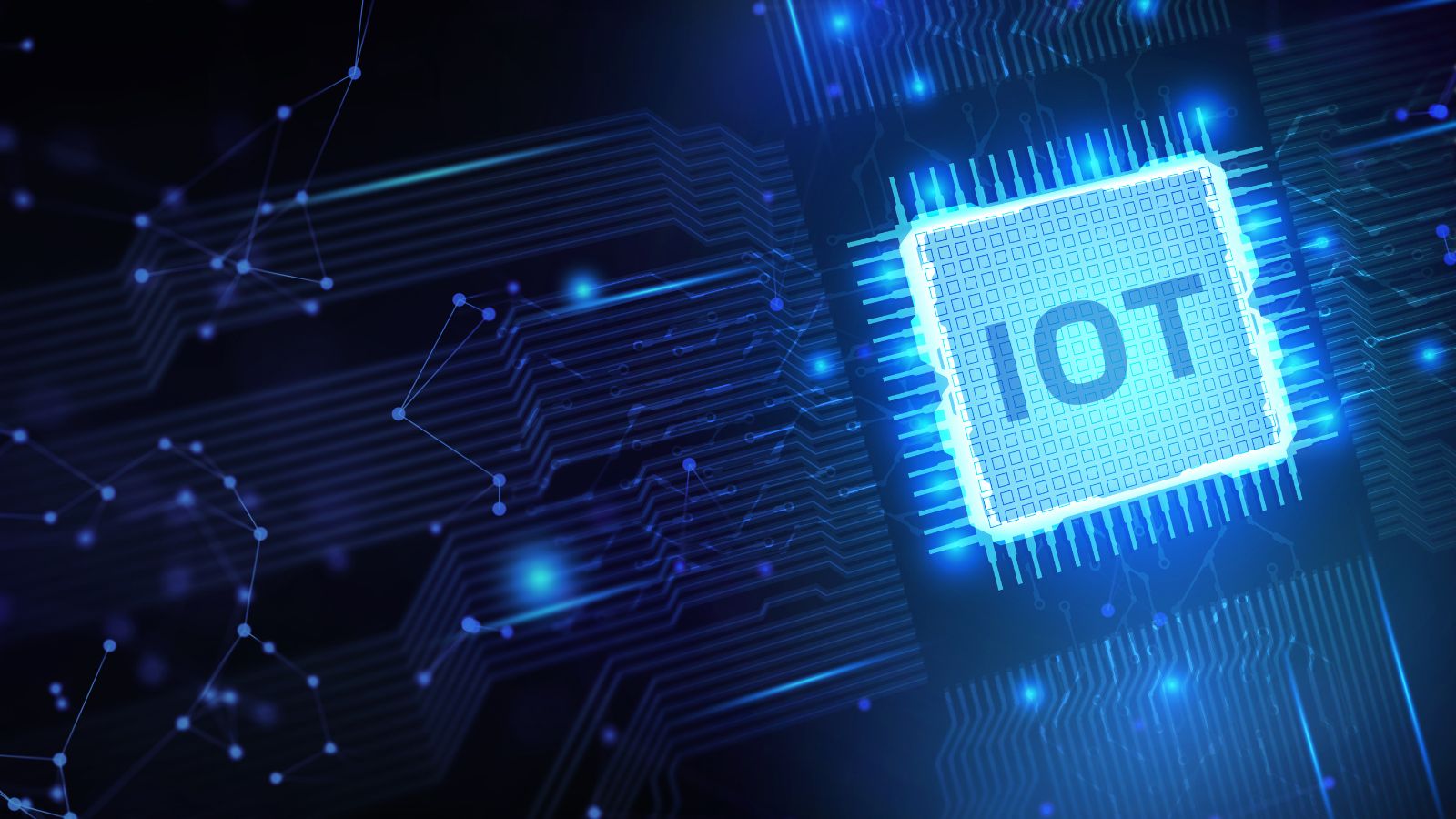Imagine a world where your coffee brews itself as your alarm clock rings, or your fridge orders groceries when it’s running low. Welcome to the universe of the Internet of Things (IoT), where everyday objects connect to the internet, communicating and working together to make life easier. But is it all as rosy as it seems?
While IoT brings a level of convenience that’s hard to deny, it also carries potential drawbacks. As we delve into the pros and cons of IoT, we’ll explore how this technology is revolutionising our lives, for better or worse. Stay tuned as we navigate the intricate web of interconnected devices, shedding light on the benefits and pitfalls of this rapidly evolving digital landscape.
 Internet of Things Pros and Cons
Internet of Things Pros and Cons
The Internet of Things, often abbreviated as IoT, represents a network of interconnected gadgets or appliances which can exchange data to function collaboratively. These aren’t simply tech-savvy devices such as smartphones or laptops, but also regular household items like thermostats, baby monitors, or refrigerators—items that, in the past, seemed unlikely to boast any form of intelligence.
In daily life, IoT initiates several positive changes, focusing primarily on convenience and efficiency. Some examples include automation of mundane tasks, from adjusting room temperature with smart thermostats to tracking your physical activity with smart wearables. While these changes might seem minor, they cumulatively lead to significant time and effort savings. The integration of IoT can also strengthen security at homes and offices through smart alarms and locks.
Businesses can profit significantly from IoT. Real-time tracking of goods, optimization of supply chain, predictive maintenance of machinery, and improved customer service are some prime examples that exhibit the effectiveness of IoT in the corporate world.
 Pros of the Internet of Things
Pros of the Internet of Things
An in-depth look at the Internet of Things (IoT) reveals several advantages that span across different sectors. It’s noteworthy that these benefits align with the drive to make life easier and streamline previously complex or labour-intensive processes.
An IoT environment fosters enhanced connectivity, with devices interlinked to share vital data. This interconnectedness, achieved through unbroken internet access, enhances communication and information flow. For instance, a person can receive real-time alerts from their home security system on their smartphone, no matter the geographical location.
Automation is a significant boon of IoT, where devices can perform tasks without human input, simplifying operations. In a smart home setup, for example, systems can automatically adjust lighting and temperature based on preset user preferences. Industrial setups aren’t left out, with manufacturing plants using IoT to control and automate processes, thus cutting down human error and enhancing productivity.
 Cons of the Internet of Things
Cons of the Internet of Things
Despite offering numerous advantages as narrated in the previous sections, IoT also comes with a set of challenges. Let’s delve into these difficulties one by one.
Perhaps the most frequently voiced concern around IoT is security. The immense array of interconnected devices creates a vast network open to potential cyber-attacks. For example, there were roughly 14.2 billion connected devices worldwide in 2019, providing countless entry points for hackers. It’s crucial for any IoT implementation to institute robust security measures, ensuring data protection from any potential breaches.
Moreover, privacy is a pronounced issue in the IoT realm. By its very nature, IoT involves collecting and analysing vast quantities of data. Think about a home IoT setup, which might collect data about a person’s habits and activities. If this information is not adequately protected, it could lead to serious privacy violations.
The next major setback comes in the form of complexity. An effective IoT setup combines diverse hardware components, software applications and communication protocols. Ensuring these distinct elements work together efficiently and seamlessly is a complex task, escalating the technical needs and the cost of an IoT project. For instance, within an IoT-enabled factory, the integration of various manufacturing machines, tracking devices, and data analytics software would be required. This significantly increases the complexity of the overall system.